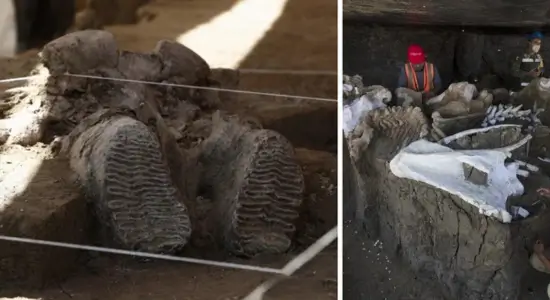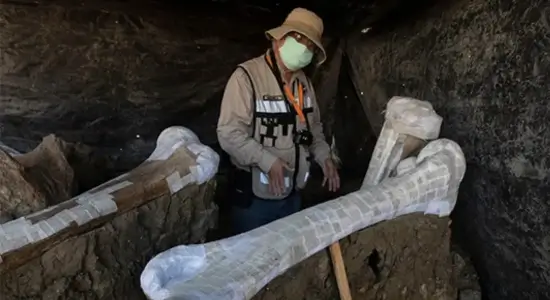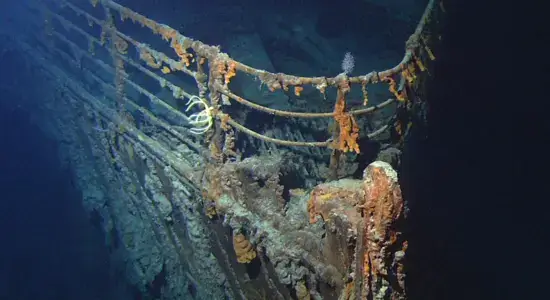A Mammoth Discovery Beneath the Soil of Mexico
In 2019, a team of Mexican archaeologists made a groundbreaking discovery that rewrites part of human and animal history: the remains of 14 woolly mammoths were found in two large pits in Tultepec, north of Mexico City. These pits, dating back approximately 15,000 years, are believed to have been purpose-built traps by early humans—marking the first known evidence of such sophisticated hunting techniques during the late Pleistocene period.
Ancient Engineering: Traps from a Lost Time
The pits measured around 25 meters in diameter and 1.7 meters deep, designed strategically to lure and trap mammoths. According to archaeologists from Mexico’s National Institute of Anthropology and History (INAH), the layout and construction of the pits suggest deliberate engineering rather than natural formations.
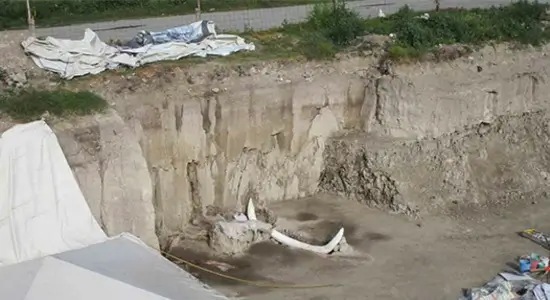
This surprising level of coordination implies that prehistoric humans in the area not only hunted large animals but planned and executed massive trapping systems to do so—possibly using torches and herding techniques to drive the animals into the pits.
A Messy Graveyard of Bones
Unlike a neat fossil arrangement, the team unearthed a chaotic scene: over 800 bone fragments, disorganized and scattered throughout the pits. This chaotic discovery aligns with the theory that the animals struggled and died inside the traps, leading to the disarray.

It took the team around 10 months to fully excavate the site, catalog the bones, and analyze their placement. Among the skeletal remains were intact skulls, large tusks, ribs, and other massive bones belonging to Columbian mammoths—a now-extinct species of elephant that once roamed North America.
Changing Our Understanding of Prehistoric Hunters
This discovery reshapes our image of early humans in North America. Rather than primitive, passive hunters who relied solely on scavenging or small-scale kills, this find suggests sophisticated coordination, environmental awareness, and a deep understanding of megafauna behavior.
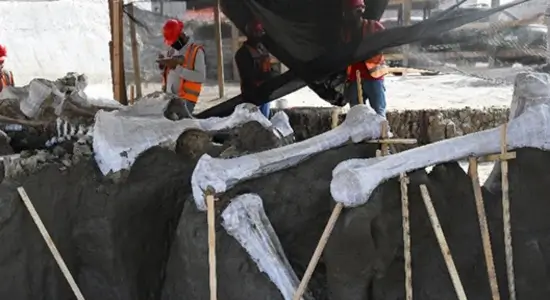
Before this, most mammoth finds in Mexico were attributed to accidental deaths in natural traps like bogs or lakes. But this is the first evidence pointing directly to human-created mammoth traps, and it sets a precedent for how we view hunter-gatherer innovation during that time.
Why It Matters
Mammoths were central to the survival of prehistoric communities—providing meat, bones for tools, hides for shelter, and even symbolic or spiritual significance. This level of planning suggests early humans had not just the intelligence, but the social structure and cooperation needed to take down such massive creatures.
If you’re fascinated by strange and legendary real-life stories from the past, don’t forget to bookmark our website and check back for more history that still shapes our world today.

